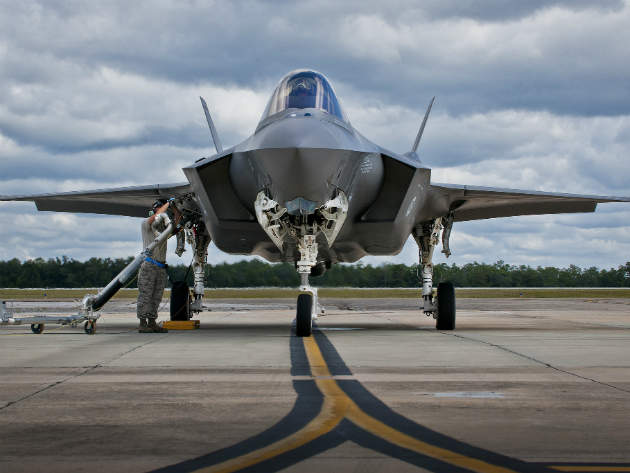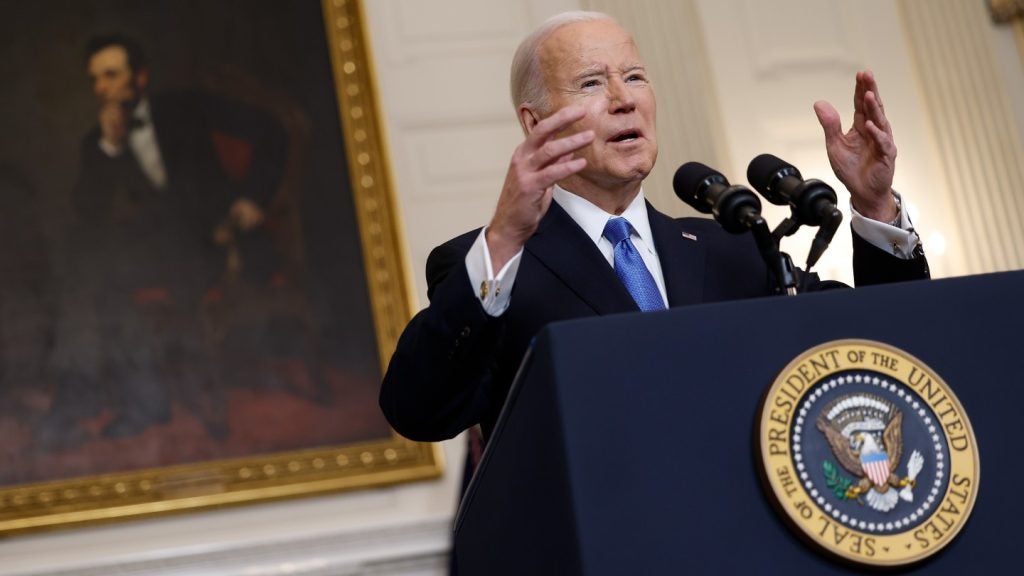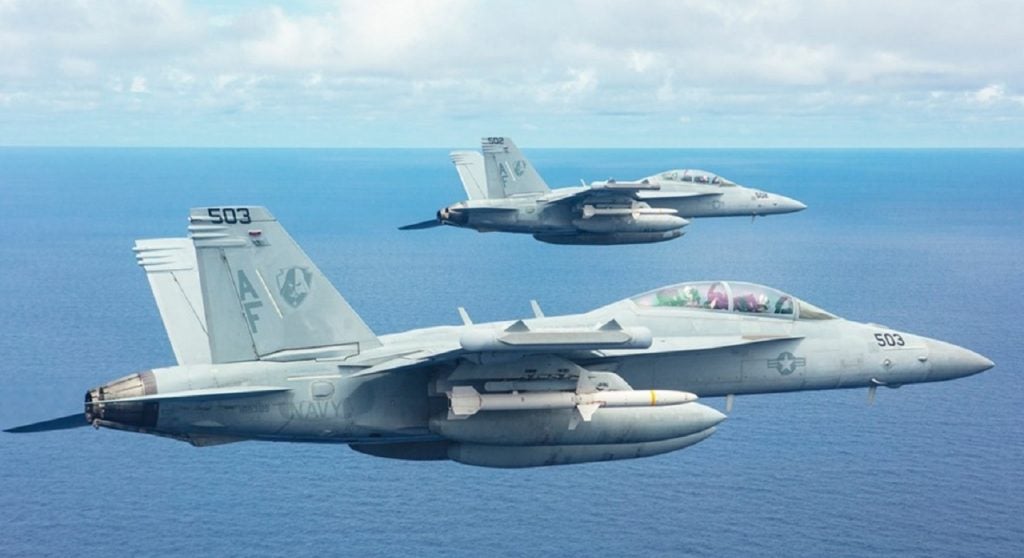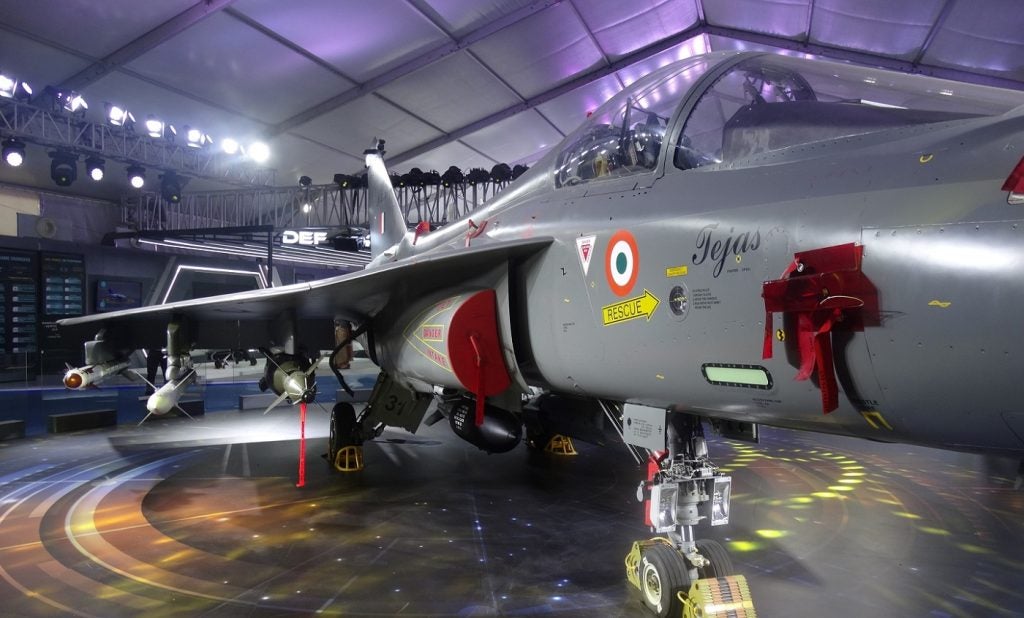
In September 2015 a directive was issued by the Chief of Staff of the US Air Force (USAF) to plan and implement a strategy that would ensure the air force has an enduring, proficient and sufficient fighter pilot force.
The air force has been battling pilot shortages for some time. In 2014 it became apparent that the force was facing the problem of a deeply fatigued combat pilot community following more than two decades of continuous combat operations, which had led to it losing more pilots each year than it was producing. At the end of the fiscal year 2015, there was a deficit of 511 fighter pilots in air force – a figure that increased to nearly 750 pilots by the end of 2016 – representing a 21% gap between what the force has and what it needs.
Brain drain
A big part of the problem has been the US armed forces’ ‘insatiable demand’ for the intelligence and close air support provided by unmanned assets. As the number of MQ-1 and MQ-9 UAS increased and the number of combat lines being flown each day grew exponentially (a five- fold increase between 2006 and 2016), the need for UAS pilots to carry out these missions has been largely fuelled at the expense of manned fighter jet communities.
Testifying to a Senate Armed Services Committee in March 2016, Gen Herbert J Carlisle, Commander of the Air Combat Command, said that in the battle to balance the need for pilots and sensor operators to fly combat lines and train pipeline students, remotely piloted aircraft (RPA) airmen were originally pilots and navigators pulled from manned flying communities, such as fighters, bombers, transport and special operations.
“Usually these were not voluntary assignments,” Carlisle said. “This drained valuable experience and manpower from these other flying communities and was a stop gap measure. Additionally it was not a good use of resources as our air force expended tremendous time, money, and effort to train these airmen for flying manned aircraft only to retrain them in RPAs.”
The private allure
Another big factor is the loss of military pilots into the commercial sector, where the higher salaries, benefits and lower stress of airlines is proving a big draw that the air force struggles to compete with. A study published by RAND Corporation in July 2016 found that an increase in pilot hiring at major commercial airlines could create manning shortfalls in the air force that would require a 94% increase in air force aviation retention pay (ARP) from $25,000 per year in order to tackle – a big problem given that ARP is no longer at air force leaders’ discretion and needs to be approved by legislators.
How well do you really know your competitors?
Access the most comprehensive Company Profiles on the market, powered by GlobalData. Save hours of research. Gain competitive edge.

Thank you!
Your download email will arrive shortly
Not ready to buy yet? Download a free sample
We are confident about the unique quality of our Company Profiles. However, we want you to make the most beneficial decision for your business, so we offer a free sample that you can download by submitting the below form
By GlobalDataWith changes in the commercial sector including an ageing pilot workforce, and new federal regulations that require more rest and higher qualification standards for pilots, it is expected that hiring rates among airlines will rise over the next 20 years – an increased rate of hiring has already been taking place over the past three years – while pilot pay will also increase.
The combined effect here is that while ex-military pilots used to move into the commercial sector at the end of their military career, more pilots are now being encouraged out of the forces up to ten years early -– while they are still very valuable to the military that trained them.
The other problem is that the pilot training pipeline is not working as effectively as it could. While the air force says it has no trouble in recruiting pilots, its problem is capacity. ”It’s how do we get the throughput up to produce the number of pilots we want. It’s a supply and demand problem,” Lieutenant General Chris Nowland, air force deputy chief of staff for operations, plans and requirements (AF/A3), said during the annual Weapons and Tactics Conference held at Nellis Air Force Base, Nevada, in January 2017.
”Air Education and Training Command is working hard on this problem, but it’s not something that can change overnight. There is a lot of infrastructure associated with it and the problem becomes complicated as you consider how to man the increased capacity that we want to build.”
New strategies
In order to fix the issue and fulfil demand in a sustainable way, the air force is taking a three-pronged approach: reducing the number of fighter pilot requirements, increasing retention of pilots currently serving, and increasing the production of new fighter pilots.
Writing in Defense One, Deborah Lee James, Secretary of the United States Air Force, stated that key to meeting this challenge head-on is to, ultimately, give airmen more compelling reasons to stay in the force in order to improve pilot retention. This includes “ramping up the production of new pilots, working to get help for fighter squadrons burdened with time-consuming administrative duties and looking closely at additional compensation”, she said.
The air force wants to dramatically increase the annual mid-year bonus given to pilots who choose to remain with the force. This could see the pilots of manned aircraft pocket as much as $48,000 – up from the current $25,000 per year figure which has remained unchanged since 1999 – with a smaller starting point of $35,000 included in the National Defense Authorization Act proposal.
“We know from past experience that money isn’t everything,” James said. “But in those military career fields lured by private sector offers, targeted bonuses can make the difference between staying or going.”
Further measures include giving airmen returning from deployment more time with their families, and funding a flying-hour programme that will get pilots in the air for the training hours they need to progress their careers. This will include increasing the numbers of mechanics available to keep jets flying, and not sitting idle waiting for maintenance and repairs.
With these measures in place it is hoped that the US Air Force will be able to stem the flow of pilots and talent out of the force, and continue to field a highly trained and happier force as it looks toward the operational challenges that the coming decade will bring.






